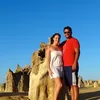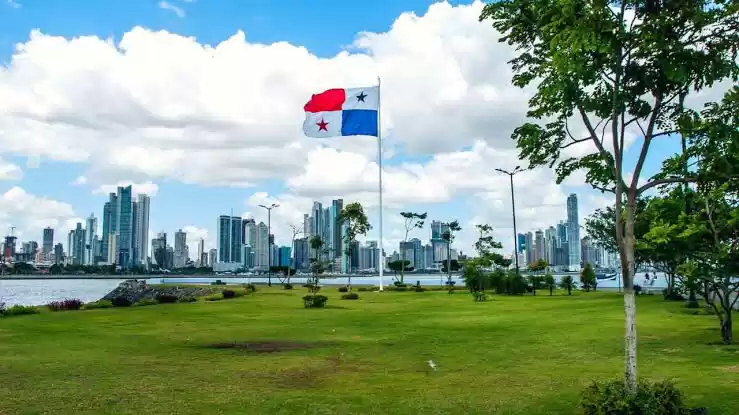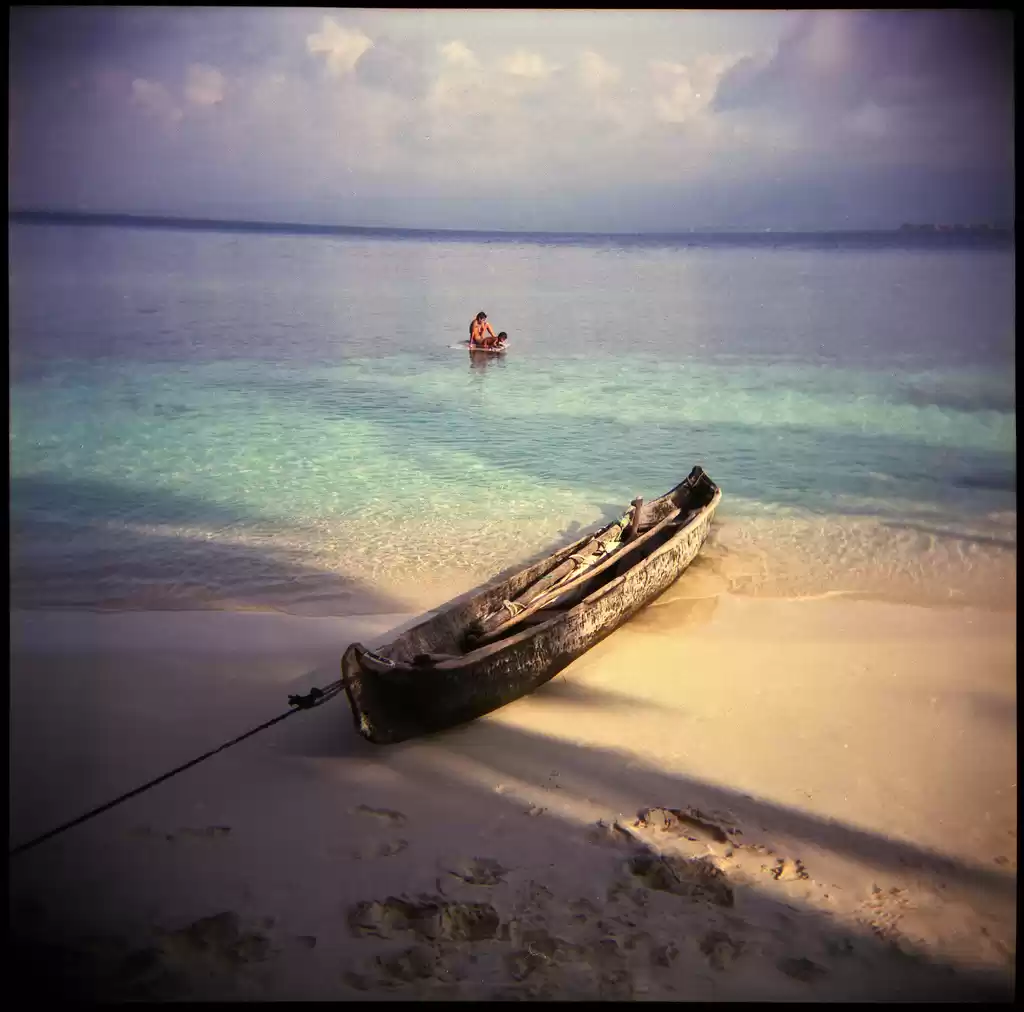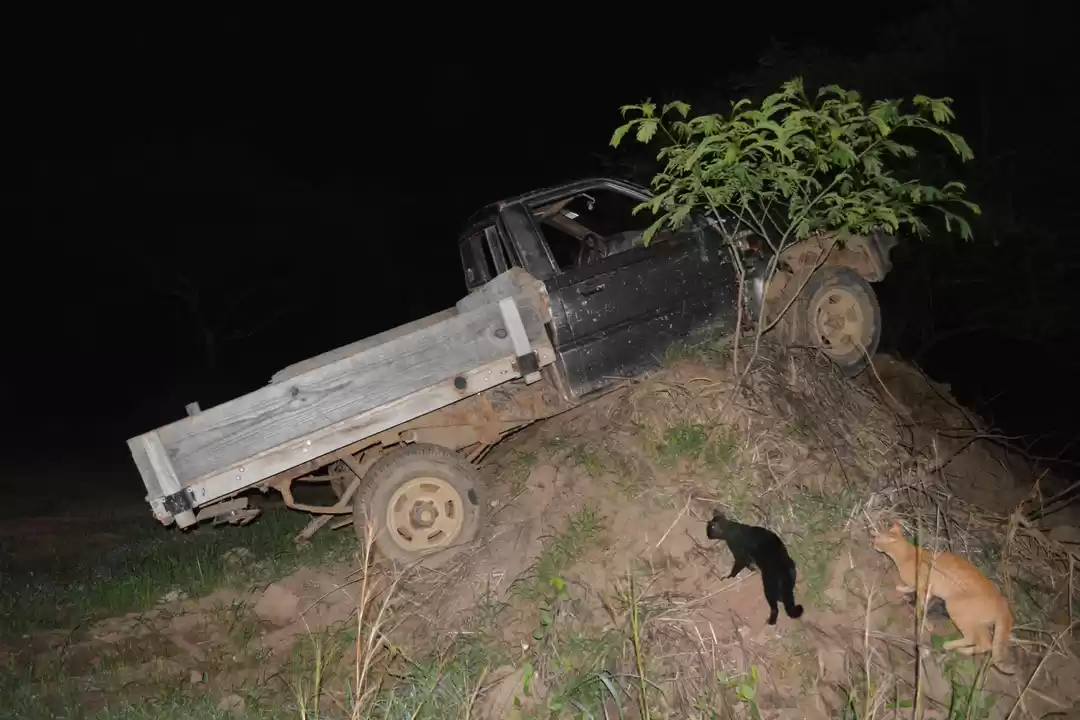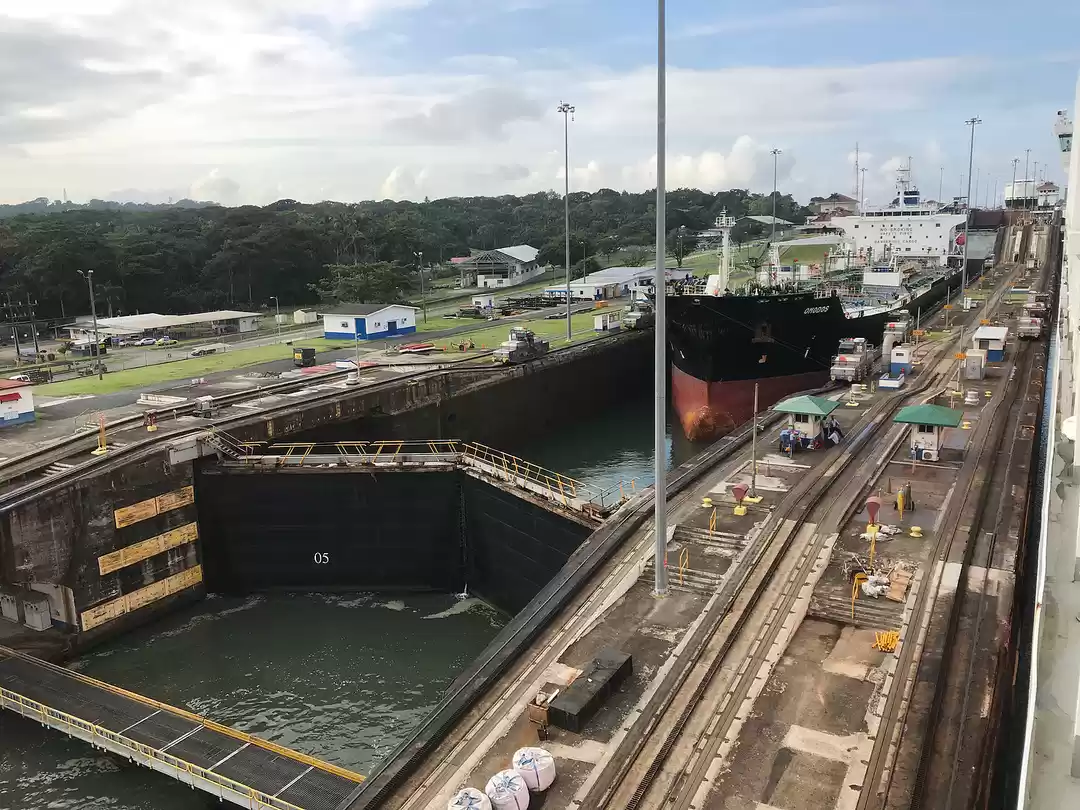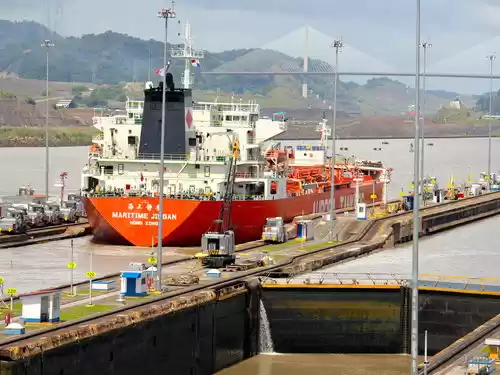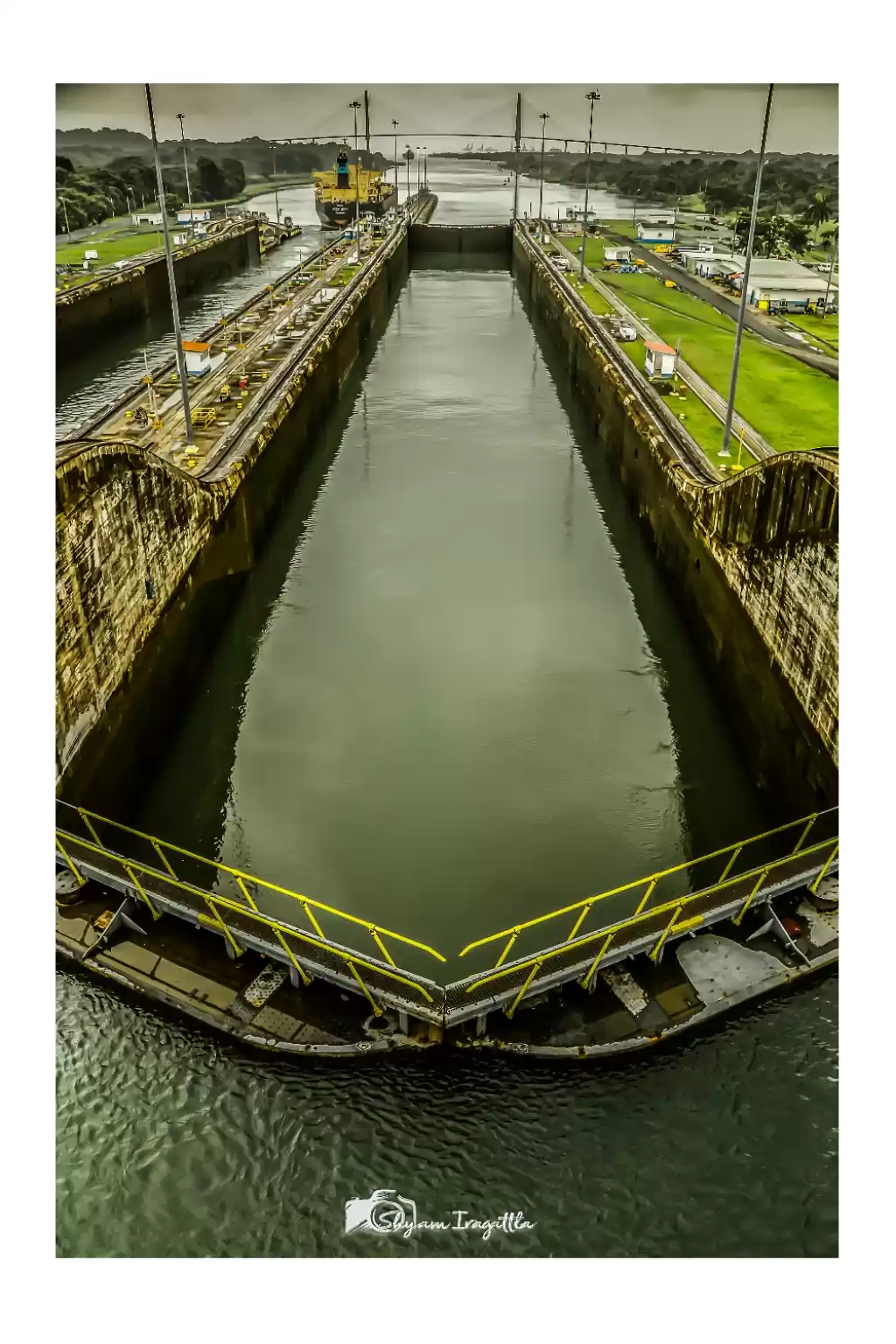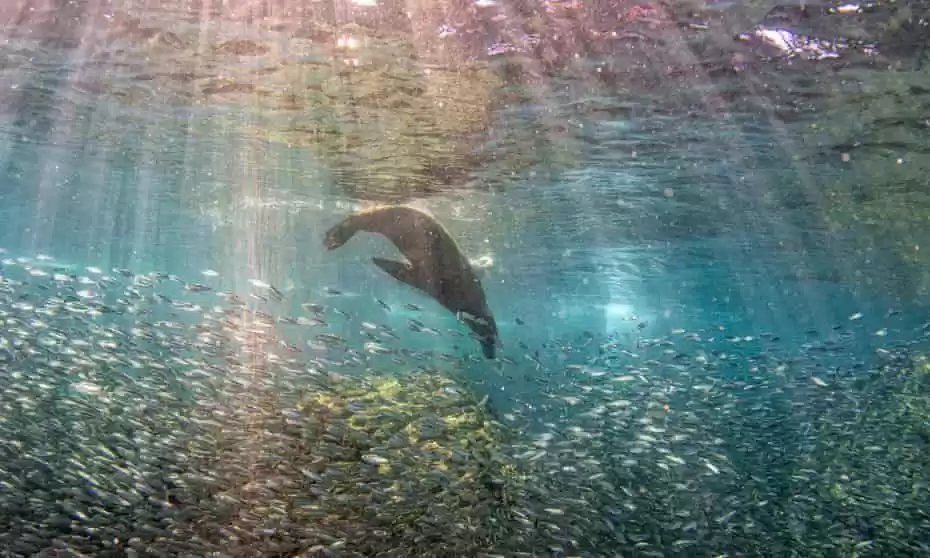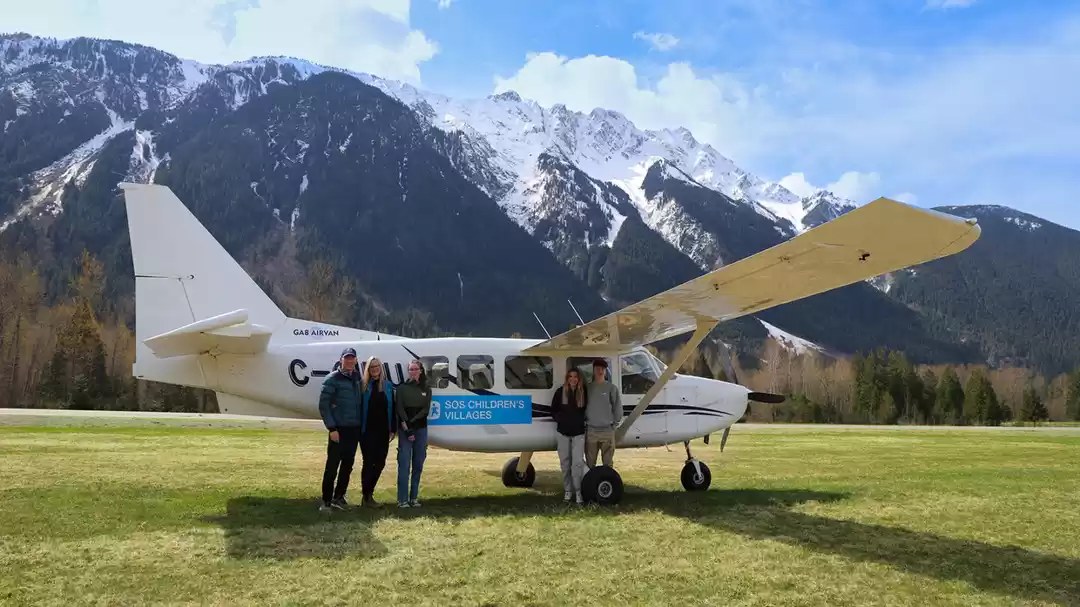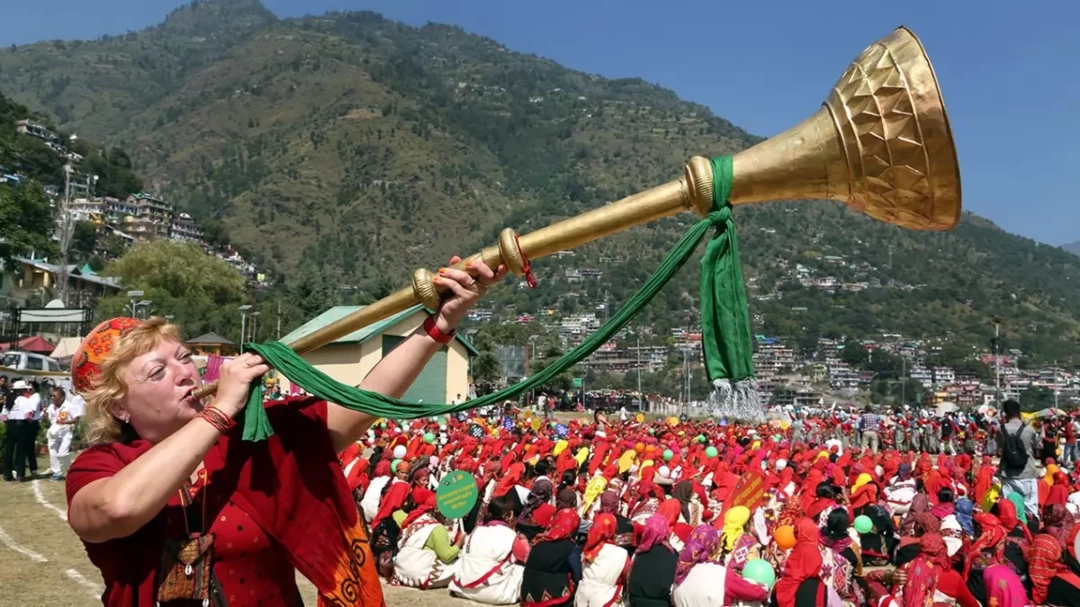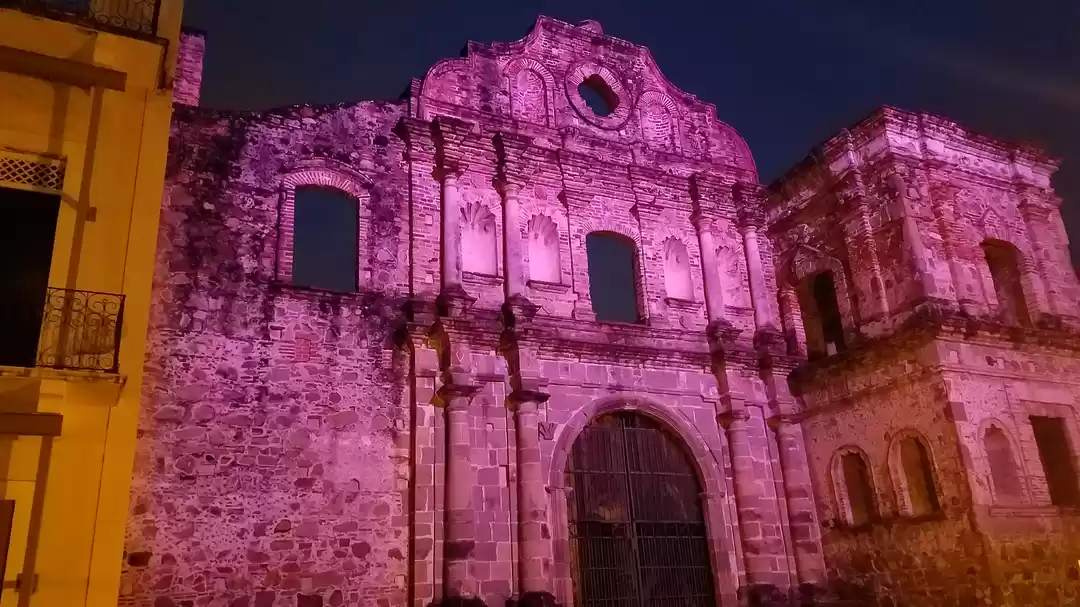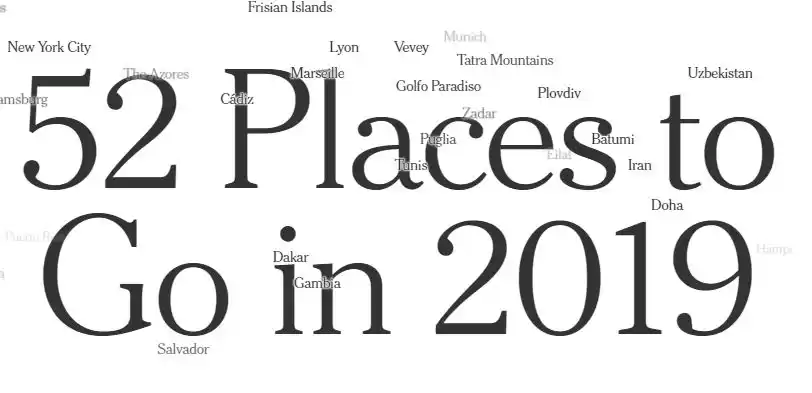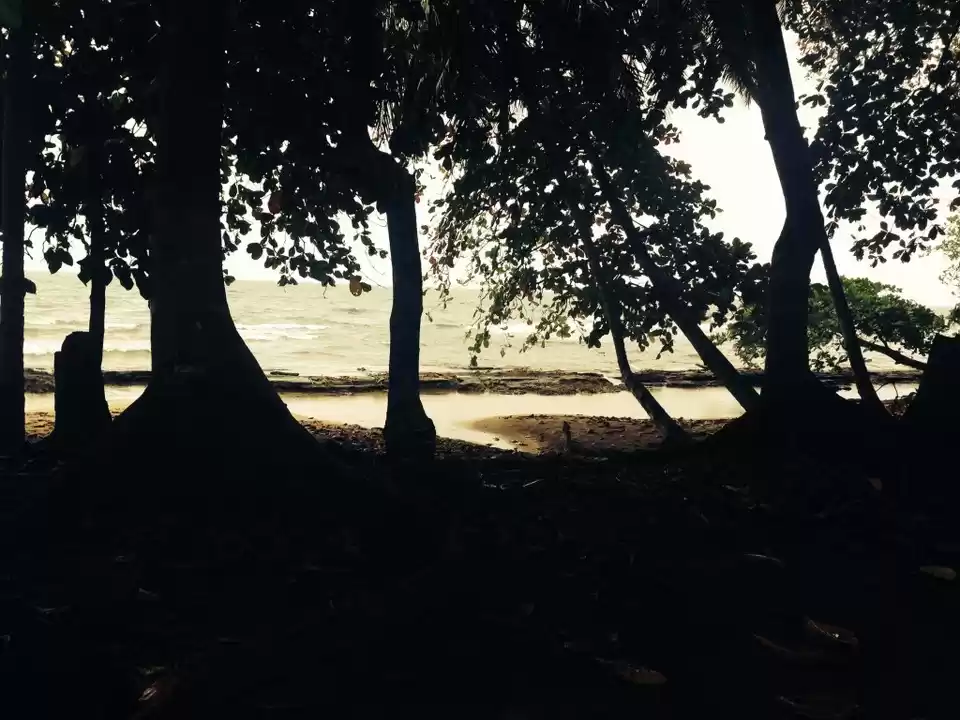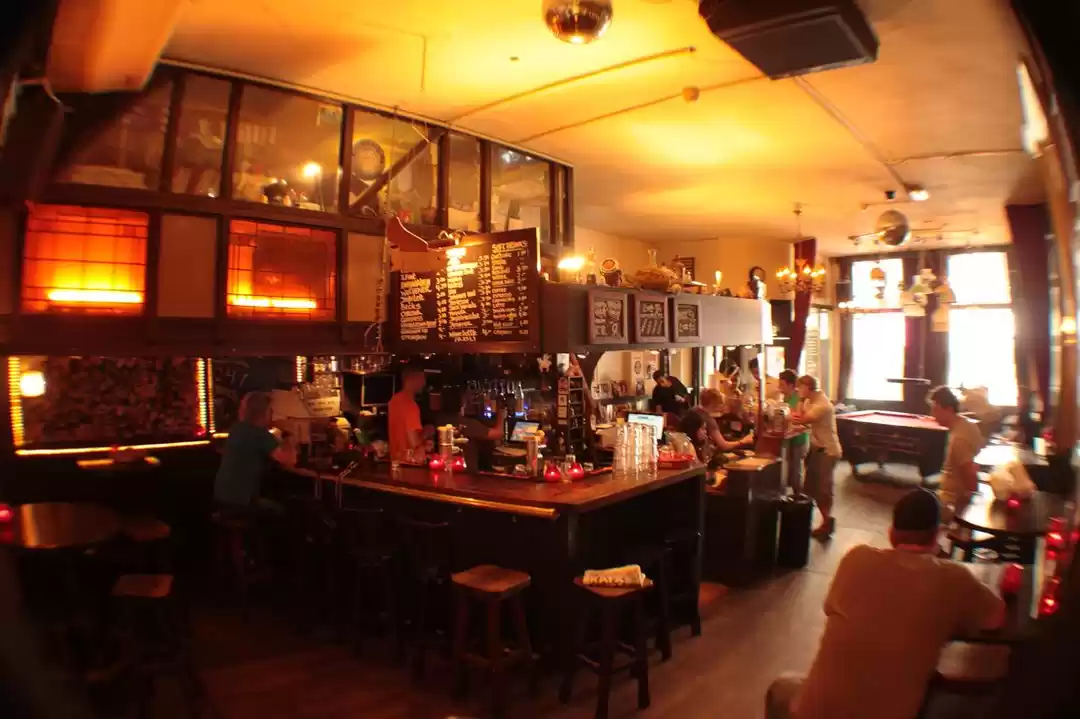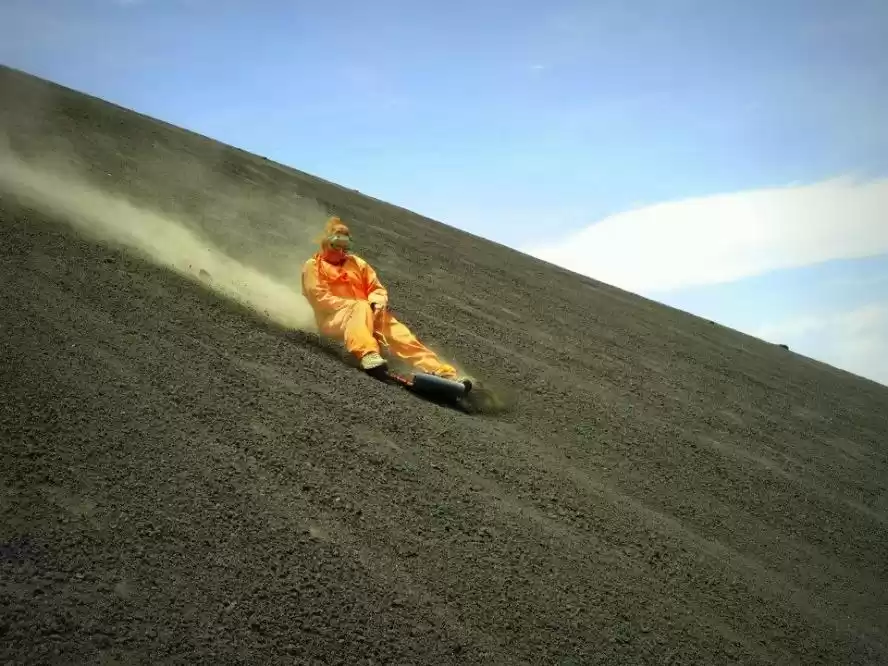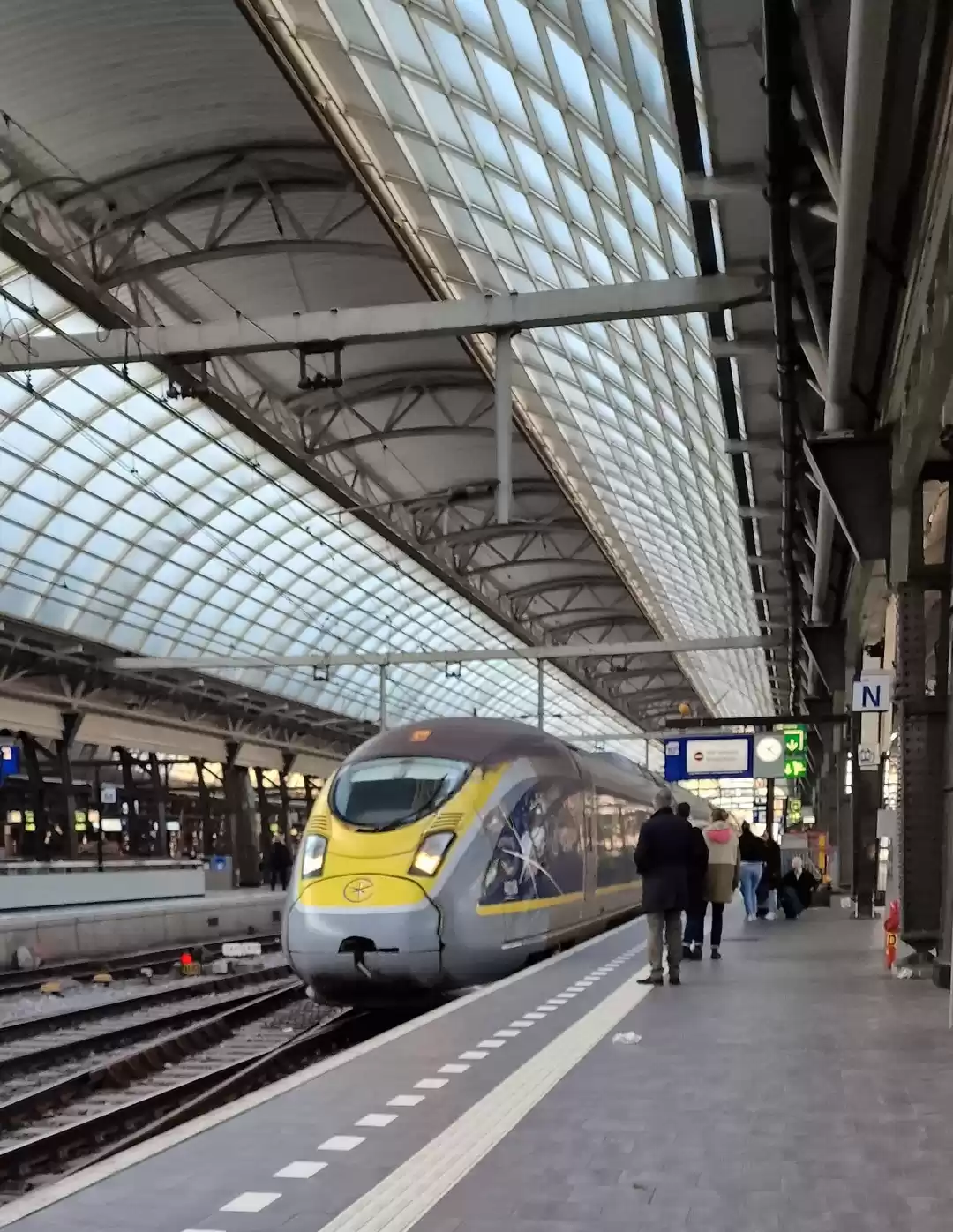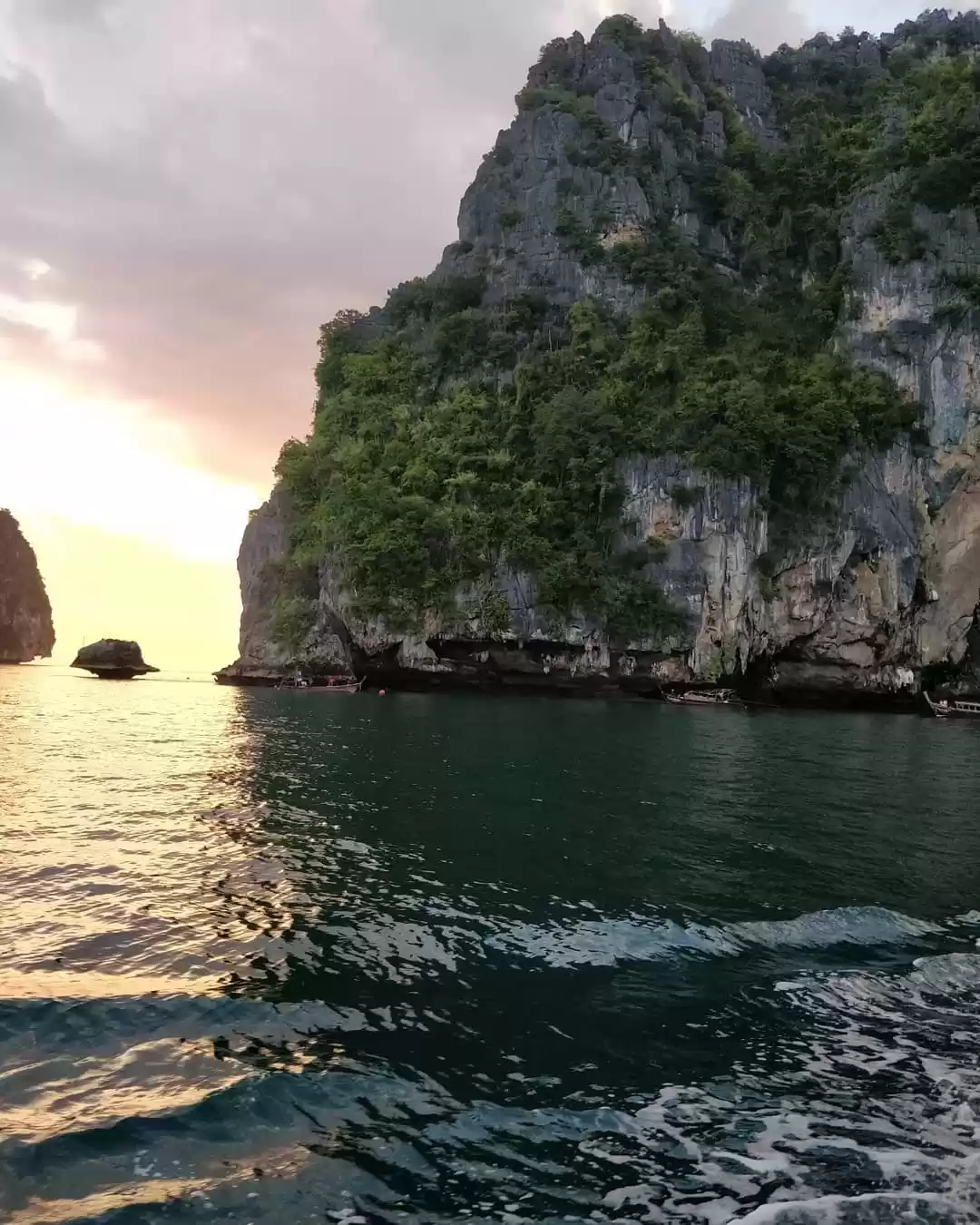
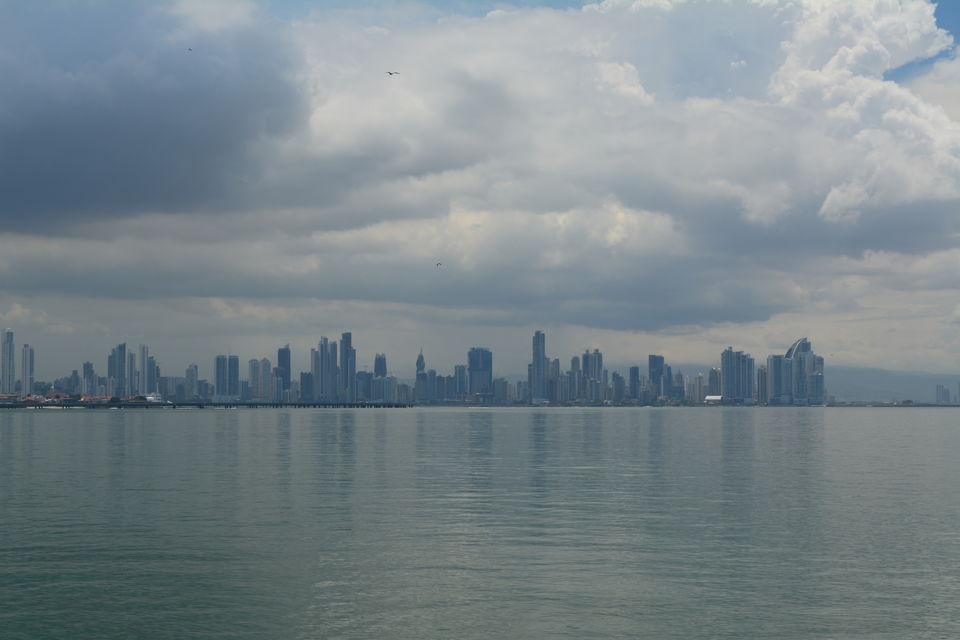
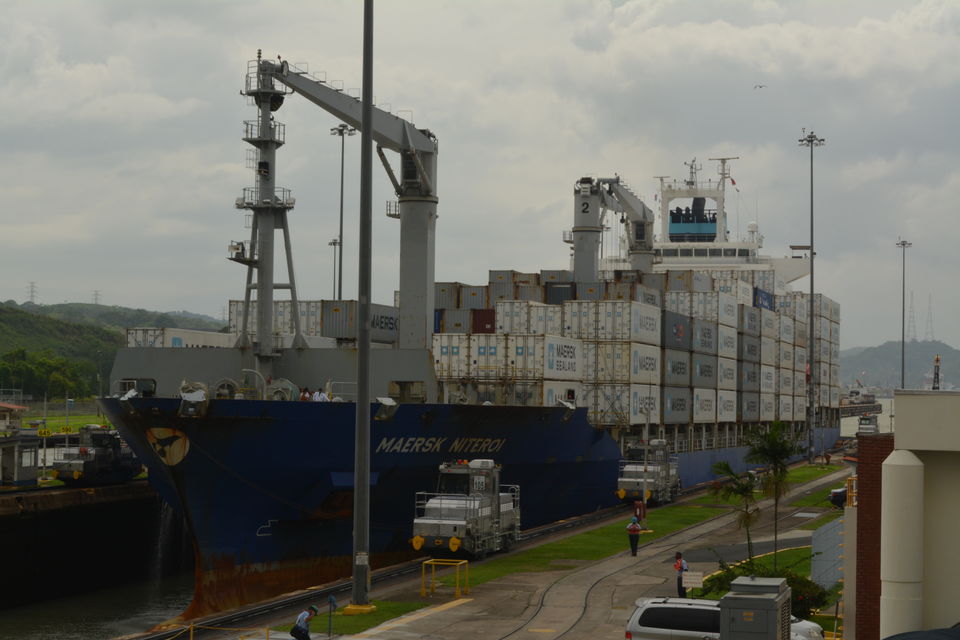
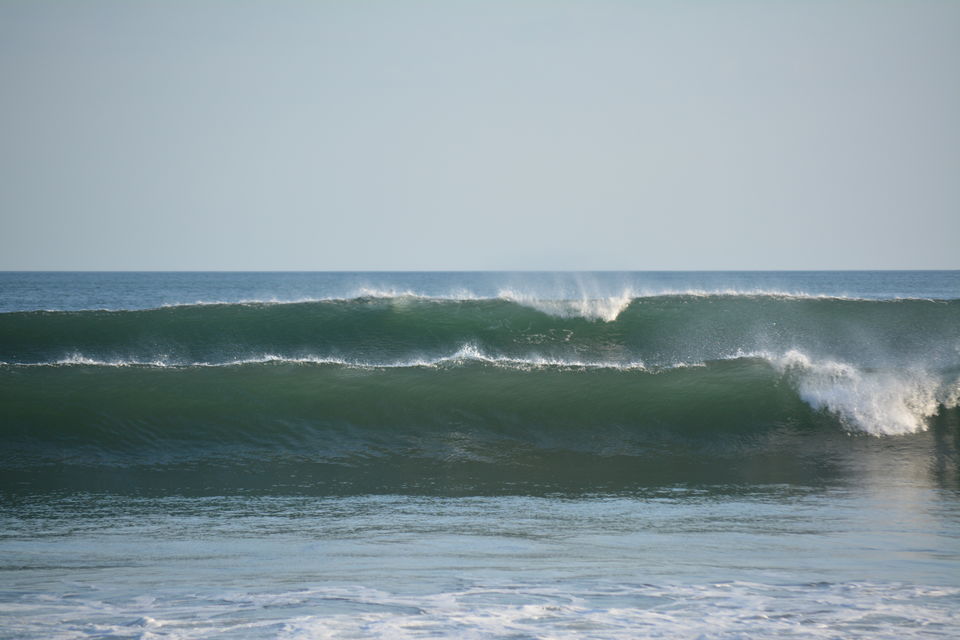
So our first week in Central America has come to a close in what seems like the blink of an eye. It only feels like yesterday that we were stepping off our flight in a flurry of customs forms and immigration cards yet seven days have come and gone since we landed in Panama city. There have been a few obvious things that have taken some getting used to, the heat being the main issue. After a week of sweating it out on public transport and stubbornly refusing to pay extra for air con rooms I feel like I exist in a constant state of sweaty clamminess made all the more irritating by the sporadic but heavy rain that seems to feel the need to add an extra dimension to my struggle to keep dry.
Another issue is the language barrier. Unfortunately my ignorance for other people’s languages has landed me in somewhat of a situation in Central America. Hardly any locals speak English! It’s not that I blame them of course, they do live in a Spanish-speaking country after all, but there is something unnerving about saying “CAN YOU TAKE US TO OUR HOSTEL PLEASE” as loudly and slowly as possible whilst mouthing the words ridiculously, only to be met by a blank stare and quite often a raised eyebrow. Luckily for me Annabel has a basic knowledge of the language and has yet to fail at communicating what we need.
Day 1:
During our time in Panama City we did the obvious things any tourist would do whilst visiting the Panamanian capital. On our first day we caught a taxi to the Causeway, a thin road that connects the mainland with four small islands at the mouth of the Canal. We decided to air on the side of caution and jump in a taxi. The causeway itself was nice. We arrived a bit too early and so all the restaurants and bike rental places were shut but we walked along to the end of the road in Isla Flamenco anyway and watched some of the big ships lumbering into the mouth of the canal.
We stayed in the Panamericana Hostel which is located in the Tomas Herrara plaza in Casco Viejo, the old part of the city. A lot of the buildings in the area are run down and deserted which made for great photos as we wandered around the streets. One of the first things we noticed was the sheer volume of police presence around the area.
Day 2:
Our second day involved us catching the bus to Panama’s most famous landmark, the Panama canal. After a thirty minute bus ride the driver shouted to us over the blaring Latin American music he had on full blast that we were at the canal. We hopped out and walked for about twenty minutes to the visitor centre and museum that is right next to the Miraflores locks, the last locks before the canal reaches the Pacific ocean. Upon arrival we headed straight up to the packed observation deck to watch a relatively small container ship make its way through the lock system towards the Caribbean. side of the canal. There was a helpful commentary that explained what was going on as the ship was raised 27ft so it could continue on its journey. Afterwards we headed to the museum which explains how the French began digging the canal way back in 1881 only to give up and let the Americans finish it instead.
That night we decided to try to save some money by eating at a local café type establishment around the corner from our hostel. The place didn’t have a name, it was just attached to the supermarket owned by a Chinese family next door. We both got the same massive portion of rice, beans and some form of meat.
Day 3:
The weather was horrendous on our last day (in Panama City) and so we had to wait until the afternoon to visit Panama Viejo, the old city that was ransacked and destroyed by Sir Henry Morgan. Upon arrival we immediately regretted not bringing our Mosquito spray as the rain had brought them out in force. As soon as we set foot in the ruins we were plagued by them, at one point Annabel had five going at her legs at once. This, coupled with the fact that Annabel had forgotten to put the memory card back in the camera meant that we didn’t hang around all that long before heading back to Casco Viejo.
Our first move in Panama was to get a bus from the City to a small town called El Valle De Anton, which is nestled in the crater of a volcano about two hours away. We didn’t know what to expect as we pulled up and jumped out of the minibus in a sleepy and quite but picturesque town. The Lonely Planet guide-book only listed a few places to stay so we picked the cheapest one and hailed a cab to drive us the few kilometres out of town to where our chosen hostel was to be found. On reflection we should have taken one look at the place and promptly turned around and never gone back.
Thinking that there was nowhere else in town to stay we agreed to one night in the empty dorm and promptly dumped our bags and went to explore. We had only been walking for five minutes when we stumbled upon a hostel roughly a thousand times nicer, cleaner and actually liveable. Unfortunately we had already paid for one night in the hostel from hell and so had no choice but to try to make it through the night there. We booked a room for the following night at the new place and walked into town to get some lunch.
As we were eating at a place in the middle of town an old American expat gave us some tips on what to see and do in the town. Following his advice we went to a butterfly garden which was very small but filled with different sizes and colour of butterflies and had an informative guide who explained about each of the different species, my favorite was a giant blue one. That night we went back to the dreaded hostel that was filled with mosquitoes, cockroaches and ants and tried our best to sleep on the broken bed frames and sagging mattresses.
Day 4:
The next morning, we decided to rent a couple of bikes and explore the crater and its waterfalls. The first one we visited was the Chorro Las Mosas falls that took us about twenty minutes to reach from the town center. After hiking down about a kilometre we found the falls and a very small pool that was full of kids, so we went to the other waterfall, La Piedra Pintada, This waterfall was bigger with some interesting petroglyphs carved into a rock face along the way although once we got to the top of this one the pool was full with a group of Europeans and so we decided to give that one a miss too.
We decided to walk to the thermal baths that were on the outskirts of town. Upon arrival we were shown around by a young girl and then left to get changed and smear mud all over our faces and bodies. We then had to wait for the mud to dry before washing it off and jumping into the small thermal pool. All was going well and Annabel and I were pleasantly bobbing around in the pool which was unfortunately slightly lacking on the thermal side of things. Three coach loads of locals who were obviously on some sort of tour wandered into the hot springs following one of the guys who worked there. There was about ten of us in this tiny pool all up to our chests in muddy water when roughly three hundred people crowded around looking down at us nodding along to what this man was telling them about the pool we were currently stewing in. Feeling very much like fish in a tank we plodded about until the crowd dispersed and we made our escape.
Day 5:
After catching a minibus down from the crater to the Interamericana highway we waited for a coach to come along that could take us part of the way to our next destination. We were only waiting half an hour by the side of the road when one showed up and it was only an hour till we jumped off the coach and into a medium sized bus that would take us the next leg of the journey to a town called Las Tablas. We trundled along for another hour until we finally reached our destination of Pedasi. Right on the tip of the peninsula sticking out into the Pacific, Pedasi is a tiny, sleepy town that’s only attraction is access to some nearby surf beaches.
After trying and failing to find the hostel we had planned to stay in we followed the advice of a local and went on the hunt for ‘Cliff’s Place’. Upon arrival we met a German girl who had been staying at the hostel for a few months (we later realised that she and Cliff were an item). She showed us around the place and as we were chatting Cliff arrived. Upon arrival he announced that he had got his truck stuck on a hill. It later transpired that he had attempted to jump it off a huge mound in the middle of a field, dukes of Hazard style! That night after a few beers we ventured down to try to push it off and try the jump again but we completely failed in our attempts.
Day 6:
The next day we all jumped in the car and headed down to Playa Vanao, the nearest beach to the hostel that had good waves. Cliff and the german girl grabbed their boards and hit the waves whilst Annabel and I chilled out on the beach and played catch with Cliff’s dog, Suena. The waves were pretty big and I was desperate to grab a board and give it a go. Annabel managed to talk some sense into me before I got into full steam by pointing out that I was in fact rubbish at surfing and would probably drown.
That night we grabbed some local food at a restaurant in town before heading back to our room and packing our stuff ready for the move in the morning.
This was the first week of our time in Panama. Although we are still trying to get used to the heat and the language I am pretty confident now that we have a week under our belt and I haven’t done anything stupid or dangerous. Let’s see what happens in the next week!

